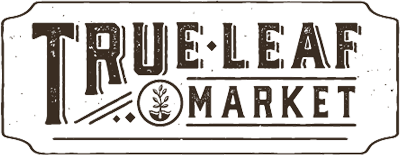Case Studies
Testing Red versus Blue Buttons is Silly
Search CRO case studies on Google and you are bound to find examples that show how moving something from this location to that location magically lifted conversions rates by 22%.
This isn’t really how conversion optimization works. At least, it isn’t how we do it.
Our entire conversion focus on is one group: Healthy Skeptics (shoppers leaning in with interest but not buying).
You can read these case studies in any order you please but they have been arranged intentionally.
The Tiege skin care case study (first in the list) shows our whole process. Stix golf case study (next on the list) shows a technique to speed up testing. The Pillow cube case study shows how we influence the nine truths about online shoppers.
And finally, the HandicappedPets case study shows what to do if your site doesn't have one product that drives 30% of overall sales.
%
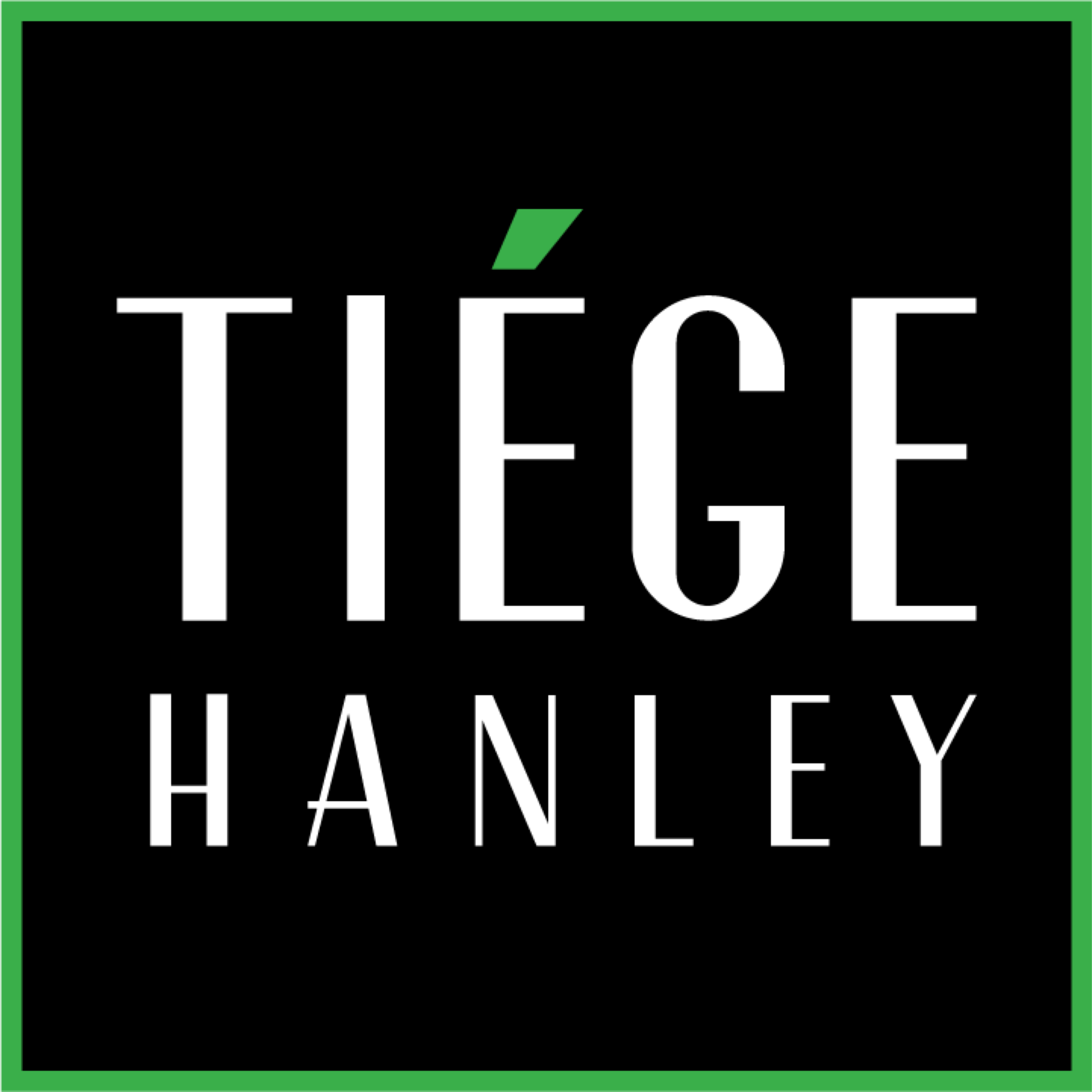
Tiege.com was already doing really well. They wanted to see how much further test to paid search landing page could be pushed.
Read Case Study%

Stix is on a mission to disrupt the golfing game. Consumers don't just buy a new golf club. A lot goes into that purchase.
Read Case Study%

Glemnetic.com is a leader in its space. We wanted to see if we could push conversion rates higher.
Read Case Study%

This client's viral video was driving a ton of traffic to their bestseller page. Our job was to convert that traffic...
Read Case Study%

Combustion has invented a new consumer product. Our job was to convert those new site visitors into first-time buyers.
Read Case Study%

HandicappedPets has a product category responsible for 50% of their sales. We couldn't ignore the other half. How did we boost those sales?
Read Case Study%

Since HandicappedPets released their life-changing pet wheelchairs, others have entered the market. But the landing page didn't provide enough information for new shoppers, so we had to make big changes.
Read Case Study%

Increase conversion rates for HandicappedPets' flagship product—Walkin’ Wheels dog wheelchairs.
Read Case Study$

To increase call-ins to HandicappedPets.com's customer service team, which converts 52% of their calls.
Read Case Study%

One of the best-sellers on HandicappedPets.com is their Walkin’ Wheels SMALL Dog Wheelchair. Our goal was to improve this product page's conversion rate by optimizing the copy.
Read Case Study%

CanvasPrints.com is operating in a highly competitive space. To win, they needed to do something extra special. Here's what happened.
Read Case Study%
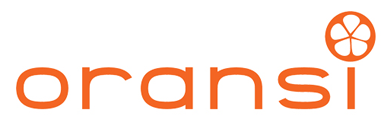
Two types of visitors land on your product page: methodical shoppers and impulsive shoppers. Methodical shoppers need all the details. Impulsive shoppers just want the most important stuff. How does one design to maximize conversions for both groups? See this 30.56% lift case study.
Read Case Study%

Price elasticity states that if prices go down sales will go up. By that logic, if a product is free its conversion rate is as high as it could possibly be. But that's not the whole story. By applying principles of buyer psychology you can take it even higher.
Read Case Study%

For ZQuiet, no page is as important as their anti-snoring mouthpiece product page. This product alone drives the BULK of overall sales. Our goal was to laser focus and massively improve conversion rates. See how we did it.
Read Case Study%

Medical devices are extremely complicated devices. So how is a marketer to make a pitch and close the sale in under 3 minutes? Find out.
Read Case Study%

Giesswein.com is huge in Europe but new to the US. They specialize in running shoes made of Merino wool. Most runners have NEVER tried a woolen runner. We had a 2 fold challenge: first, educate, then convert. So we applied buyer psychology and registered a 29% lift. Video inside.
Read Case StudyX

Some visitors to your product may be sold by your pitch but simply didn't plan to buy today. What is a marketer to do in that situation? Find out.
Read Case Study%

BakingSteel is the world's best home pizza solution. We applied an overlooked copywriting tactic and increased product page sales by 46%. The client wasn't prepared and the product went out of stock. That's a good problem.
Read Case Study%

Address the issue of shoppers not knowing what makes Connecting Threads special and, as a result, increase conversion rates across all product pages.
Read Case Study%
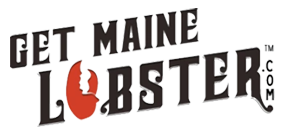
One of the most popular BOGO offers on GetMaineLobster.com is their Buy 10 Maine Lobster Tails (3-4 oz), Get 10 Free. The client wanted to know if there was a way to convert more new buyers.
Read Case Study%
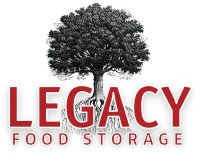
Address price sensitivity by getting shoppers to see the value in and the additional savings provided by Legacy Food Storage's emergency food.
Read Case Study%

Improve the shopper’s experience on the category pages and drive more traffic into the product pages.
Read Case Study%

Increase traffic to Oliver Cabell's Shopify checkout page by educating shoppers on the company’s business model and competitive pricing.
Read Case Study%
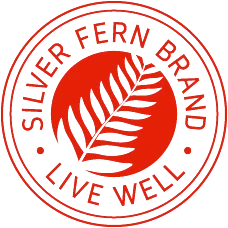
One of the best-sellers on Silverfernbrand.com is the Ultimate Probiotic Supplement. Our goal was to increase sales of this probiotic by optimizing the product page.
Read Case StudyWe hope you had a chance to spend time with the CRO case studies on this page.
We've spent the last 13 years in our marketing lab, experimenting on online shoppers. We've learned a crap ton and are ready to share those learning.
We want more marketers and CEOs to know about it.
Eventually, we'll make this into a book. If you want to get an unfair advantage over your competitors now is the time to steal our ideas because once they are published the cat will be out of the bag 👜 for all to see. Click the link below.
WE ARE LASER FOCUSED
While our focus is narrow our expertise is deep. Being a small team of five we can only work with a small set of clients. We'd love to chat and show you how our unique approach to conversion optimization results in a 20% lift in sales.


